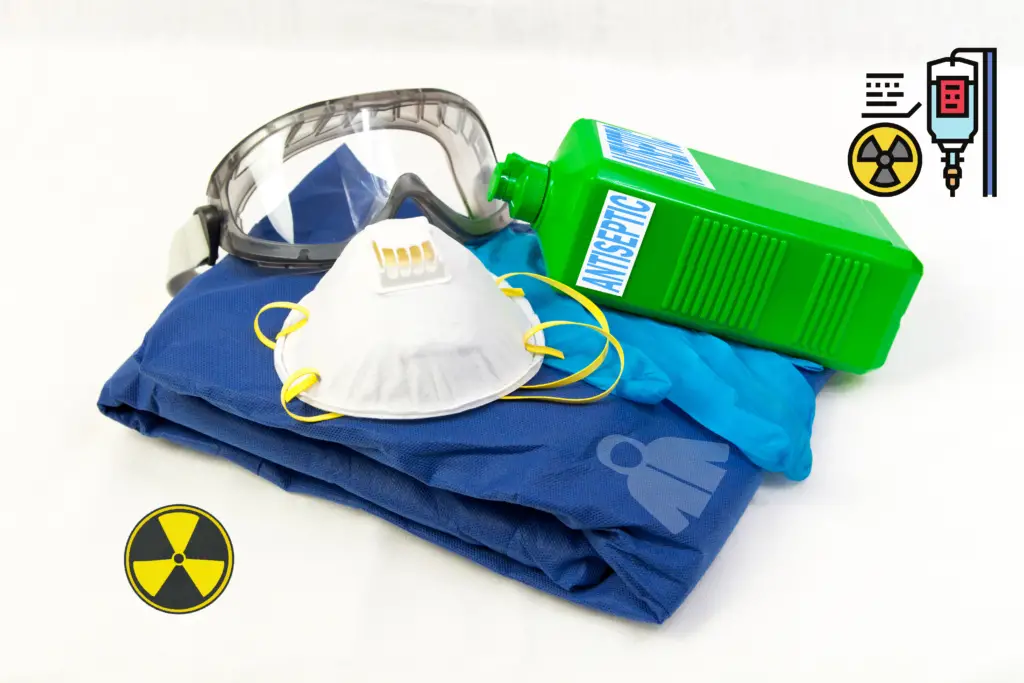Radiologic technologists (rad techs) play a vital role in healthcare, providing crucial diagnostic imaging services for countless patients. However, these dedicated professionals face a significant threat: burnout. Characterized by emotional exhaustion, cynicism, and reduced personal accomplishment, burnout can negatively impact individuals, healthcare systems, and ultimately, patient care. Understanding the factors contributing to burnout and exploring potential solutions is crucial to supporting these essential healthcare workers.
The Scope of the Problem:
Burnout is a well-documented phenomenon among healthcare workers, with radiologic technologists being particularly susceptible. Studies indicate that around 36% of U.S. rad techs experience moderate to high levels of burnout, exceeding the national average of 28% for healthcare workers. This alarming prevalence highlights the need for immediate attention and proactive measures.
Factors Fueling the Flames:
Several factors contribute to radiologic technologist burnout. Here are some key ones:
- Work Overload and Understaffing: Heavy workloads, demanding schedules, and insufficient staffing leave rad techs feeling stretched thin. This can lead to errors, reduced quality of care, and increased stress.
- Emotional Toll: Witnessing patient suffering, dealing with difficult situations, and managing emotional responses can take a toll on mental and emotional well-being.
- Shift Work and Long Hours: Irregular schedules, including nightshifts, disrupt sleep patterns and contribute to fatigue, impacting physical and mental health.
- Lack of Recognition and Support: Feeling undervalued, underappreciated, and lacking adequate support from management and colleagues can exacerbate feelings of burnout.
- Safety Concerns: Exposure to radiation and other occupational hazards can cause anxiety and stress, further contributing to burnout.
- Technological Advancements: Rapidly evolving technologies can require continuous learning, adding pressure and potential feelings of inadequacy.
Consequences of Burnout:
Burnout has far-reaching consequences for individuals, healthcare systems, and patients alike. For individuals, it can lead to physical health problems, mental health issues, job dissatisfaction, and ultimately, leaving the profession. For healthcare systems, burnout translates to high turnover rates, increased recruitment and training costs, and potential decreased quality of care. Ultimately, patients can experience longer wait times, reduced access to services, and potentially compromised care due to overworked and stressed staff.
Building Resilience and Solutions:
Addressing radiologic technologist burnout requires a multi-pronged approach. Here are some potential solutions:
- Improve Staffing: Addressing understaffing through increased recruitment, retention strategies, and workload optimization is crucial.
- Enhance Work-Life Balance: Implementing flexible schedules, offering adequate breaks, and promoting healthy work-life boundaries can significantly improve well-being.
- Provide Emotional Support: Establishing confidential support systems, incorporating peer-to-peer mentoring programs, and offering access to mental health resources can create a supportive environment.
- Invest in Training and Development: Continuous professional development opportunities and training on new technologies can empower rad techs and boost their confidence.
- Promote Recognition and Appreciation: Recognizing achievements, celebrating contributions, and fostering a positive work environment can significantly improve morale and motivation.
- Prioritize Safety: Implementing proper safety protocols, providing adequate training on radiation safety, and addressing ergonomic concerns are essential for protecting physical and mental health.

Conclusion:
Radiologic technologist burnout is a complex issue demanding immediate attention. By acknowledging the contributing factors, implementing effective solutions, and prioritizing well-being, we can create a healthcare environment that fosters resilience, engagement, and ultimately, better patient care. Supporting radiologic technologists is not just about protecting individuals, but about ensuring a sustainable and high-quality healthcare system for all.

